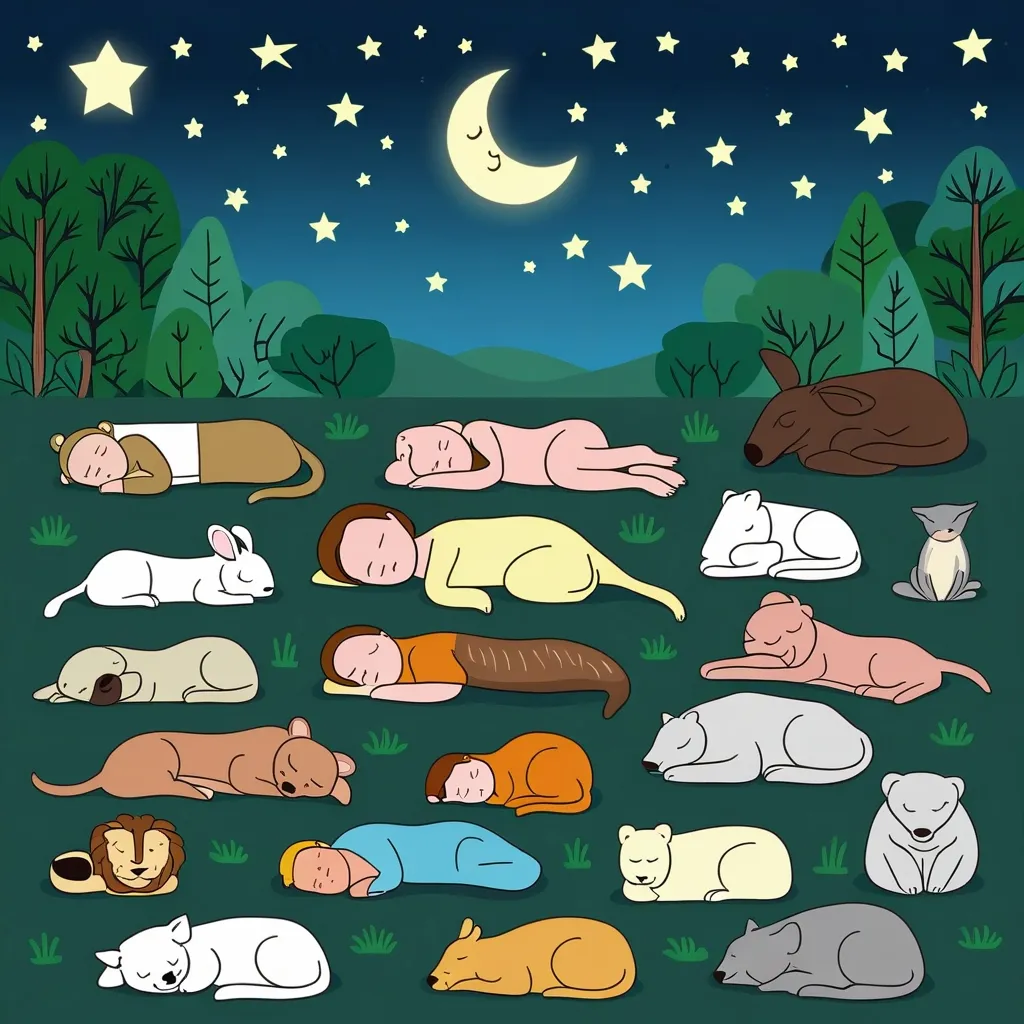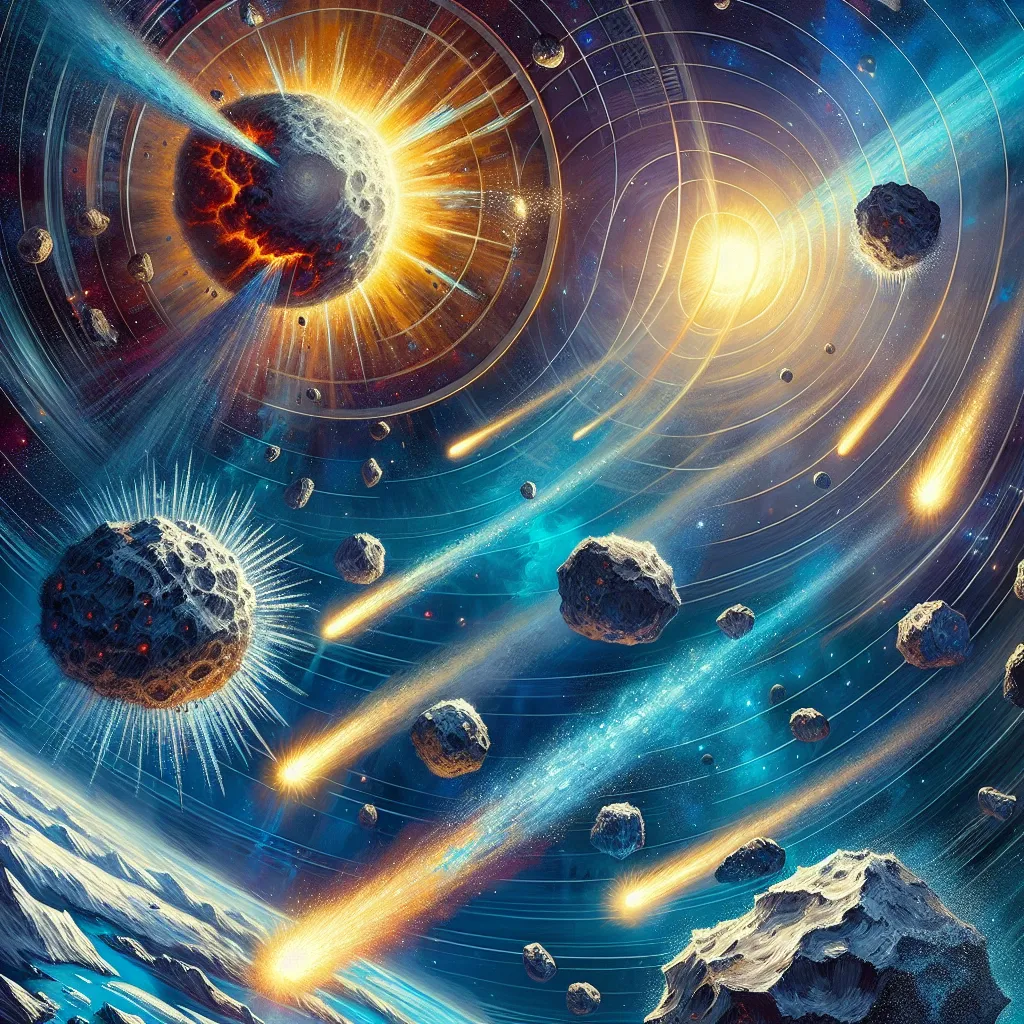Hey, I’m Nigel, and welcome to another episode of Nigel Goes to Space! This week, we’re tackling one of the universe’s biggest mysteries: if the universe is expanding like a balloon, how will it all end?
Back in the 1920s, an astronomer named Edwin Hubble discovered something mind-blowing. He noticed that galaxies are moving away from us, meaning the universe itself is expanding. Imagine our galaxy on a balloon; as the balloon inflates, all the other galaxies move away from each other. This discovery cemented the idea that everything kicked off with the Big Bang, sending everything flying outward.
But what happens next? There are a few theories, and one fascinating possibility is that the universe could grow to a certain size before gravity starts pulling everything back. In this scenario, the universe would expand, reach a maximum size, and then start to shrink. Galaxies would come closer, making the sky glow intensely as stars crowd together. This process would end with the universe collapsing into a single point, called the Big Crunch.
However, there’s a hitch. For the Big Crunch to happen, there has to be enough gravity to pull everything back. Astronomers have found that even with all the known mass in stars and galaxies, it’s not enough to slow down the universe’s expansion. And then, there’s Dark Matter—a lot of mysterious stuff that has gravity, but even counting this, it’s still not enough to trigger a Big Crunch.
Instead, it looks like the universe will keep expanding and cooling. Stars will burn out, and everything will get dark and cold, leading to what’s known as the Big Freeze. This grim scenario sees the universe becoming a vast, empty, and frigid expanse.
But wait, there’s more! Recently, astronomers discovered something called Dark Energy, a force that’s like anti-gravity, pushing things apart faster and faster. This means the universe isn’t just expanding; it’s accelerating apart. The Big Rip theory suggests that this ever-accelerating expansion will eventually tear everything apart. Galaxies, stars, and even atoms will be shredded until there’s nothing left.
So, there you have it: The Big Crunch, the Big Freeze, and the Big Rip. Personally, I’m putting my money on the Big Freeze, but who knows what the future holds?
Got questions about the universe or space travel? Send them my way, and subscribe to stay tuned with Nigel Goes to Space. Join me next time as we explore more cosmic mysteries!
Catch you later!
Nigel






